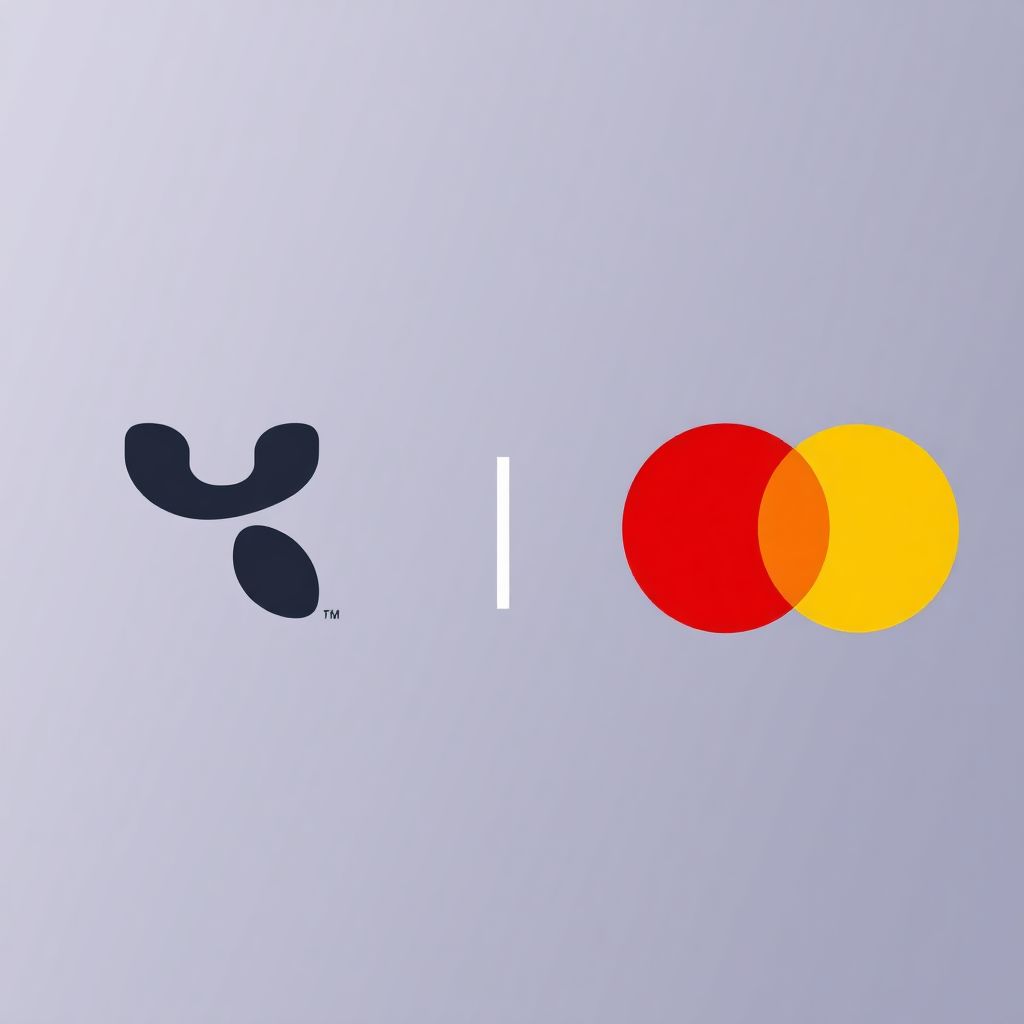Ripple has unveiled a significant collaboration with Mastercard, aiming to transform the landscape of digital payments by integrating the RLUSD stablecoin into Mastercard’s global network via the XRP Ledger (XRPL). This initiative is designed to streamline fiat card settlements using blockchain infrastructure, bringing enhanced speed, transparency, and compliance to traditional payment systems.
Announced on November 5, the partnership also includes WebBank and Gemini, forming a consortium that seeks to modernize card-based transactions by leveraging RLUSD—a regulated stablecoin—on the XRPL for settling payments made with the Gemini Credit Card. This marks a notable milestone in the financial sector, as it signals one of the earliest attempts by a U.S.-regulated bank to process conventional card payments through a public blockchain.
This strategic alliance builds upon previous collaborations between Ripple, WebBank, and Gemini. Earlier this year, the trio introduced an XRP-powered version of the Gemini Credit Card, showcasing a pioneering use case for integrating digital assets into mainstream financial products.
Mastercard’s Global Head of Digital Commercialization, Sherri Haymond, underscored the significance of the partnership, stating that it brings regulated stablecoin payments into the open-loop payments ecosystem—a major step toward blockchain adoption within traditional finance. According to her, this move reinforces Mastercard’s commitment to driving innovation while adhering to regulatory standards.
Jason Lloyd, President and CEO of WebBank, echoed similar sentiments. He emphasized that this initiative bridges the innovation of decentralized finance with the stability and trust of legacy financial systems. For institutions, this could translate into faster settlement times, reduced operational costs, and improved security—without compromising the reliability customers expect from banks.
Dan Chen, Chief Financial Officer at Gemini, added that the next phase of the partnership will focus on enabling everyday consumers to benefit from blockchain-powered payments. By using RLUSD for real-world transactions, the project aims to make digital assets more accessible and practical for daily use.
Monica Long, President of Ripple, highlighted the broader implications this collaboration may have on the financial industry. She pointed out that RLUSD, combined with the XRP Ledger’s robust infrastructure, could serve as a blueprint for other financial institutions looking to integrate stablecoins into their card programs. According to Long, XRPL’s proven speed, cost-efficiency, and reliability make it an ideal foundation for institutional-grade financial solutions.
The XRP Ledger, with its more than a decade-long track record of performance, offers near-instant transaction speeds and minimal transaction fees. These attributes, coupled with the regulatory-compliant design of RLUSD, position the XRPL as a powerful tool for modernizing global payment systems.
Since its launch in late 2024, RLUSD has rapidly gained traction, exceeding $1 billion in market capitalization. Its growing adoption signals increasing confidence in blockchain-based stablecoins as viable instruments for financial transactions. The integration of RLUSD into Mastercard and WebBank’s settlement systems is currently awaiting regulatory clearance, after which full-scale onboarding is set to begin.
This move by Ripple reflects a broader trend in the finance industry, where traditional giants are partnering with blockchain firms to enhance efficiency, security, and user experience. The collaboration could serve as a catalyst for further adoption of blockchain technology in mainstream finance, especially as regulatory clarity continues to evolve in key markets.
In addition to the Mastercard partnership, Ripple has been actively expanding its ecosystem through strategic acquisitions and product launches. These efforts underline Ripple’s ambition to compete directly with entrenched payment networks like SWIFT, offering a faster and more cost-effective alternative for cross-border transactions.
The use of RLUSD and XRPL also aligns with the growing interest in central bank digital currencies (CBDCs) and tokenized assets. As governments and financial institutions explore digital alternatives to fiat currencies, Ripple’s infrastructure could play a key role in shaping future financial systems that are decentralized yet compliant.
Moreover, Ripple’s focus on institutional-grade solutions opens new avenues for banks, fintech companies, and payment processors to leverage blockchain without having to overhaul their existing systems entirely. By offering plug-and-play integrations with partners like Mastercard and WebBank, Ripple is reducing the friction traditionally associated with adopting emerging technologies.
Looking ahead, the success of this initiative could encourage other card issuers and payment networks to explore similar blockchain integrations. As stablecoins continue gaining legitimacy, their role in bridging the gap between digital and traditional finance will likely grow, with Ripple and XRPL positioned at the forefront of this evolution.
In summary, Ripple’s alliance with Mastercard represents not just a technological breakthrough but a paradigm shift in how digital and fiat currencies can coexist. By using RLUSD on XRPL to enable secure, fast, and compliant fiat card settlements, Ripple is laying the groundwork for a more connected and efficient global payment ecosystem.

